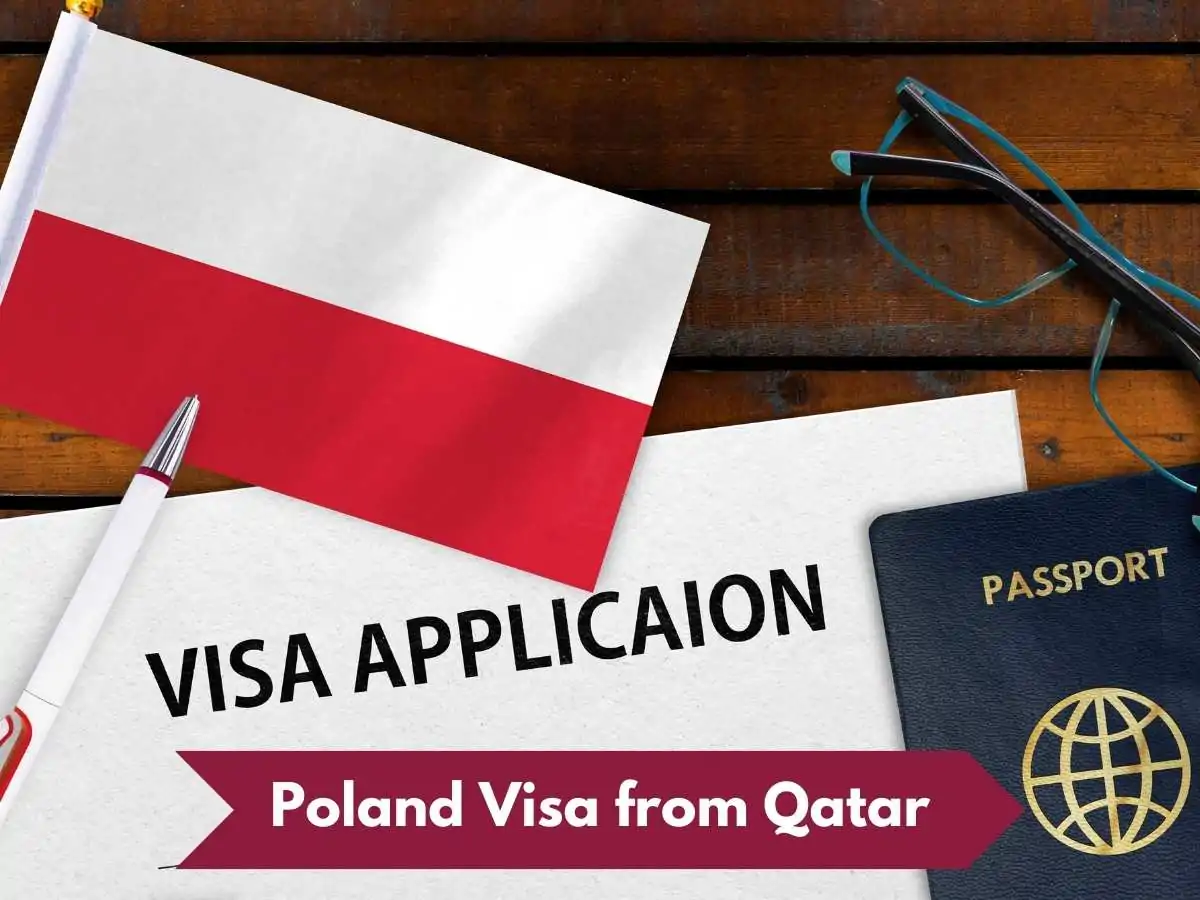Poland, known for its vibrant economy and growing job market, has become a popular destination for skilled professionals seeking work opportunities. For residents of Qatar aiming to secure a Poland work permit consultant Qatar, understanding the process is crucial. Avian Global, a leading immigration consultant in Qatar, simplifies this process with unparalleled expertise and customer-centric services.
Why Choose Avian Global?
1. Dual Guarantee with Money-Back Promise:
- 100% Accurate Assessments & Documentation: Avian Global ensures meticulous handling of documentation and assessments. In case of any inaccuracies, clients receive a full refund.
- Prompt Response: Any concerns raised are addressed within two working days. Failure to meet this timeline results in a full refund.
2. Addressing Key Industry Challenges:
- Accurate Assessments: Avoid misleading information with Avian Global’s guaranteed assessments.
- Flawless Documentation: Poor handling of documents can derail your application. Avian Global ensures thorough documentation review.
- Responsive Support: With guaranteed resolution within two days, communication gaps are eliminated.
3. End-to-End Immigration Support: Avian Global offers comprehensive support, from application processing to settlement assistance in Poland.
4. Transparency You Can Trust: Clear guidance on costs, documentation requirements, and timelines ensures a smooth process without hidden surprises.
Types of Poland Work Permits
- Type A Work Permit: For individuals employed by a Polish employer with a registered office in Poland.
- Type B Work Permit: For board members staying in Poland for over six months within 12 months.
- Type C Work Permit: For employees sent to Poland by a foreign employer for more than 30 days.
- Type D Work Permit: For employees sent by a foreign employer to perform temporary and occasional services.
- Type E Work Permit: For work not fitting into the other categories.
Eligibility Criteria
- Valid passport
- Employment contract or job offer from a Polish employer
- Proof of professional qualifications
- Health insurance
- Clean criminal record
Application Process
- Initial Consultation: Avian Global assesses your eligibility and advises on the suitable work permit type.
- Document Preparation: All necessary documents are meticulously reviewed to avoid errors.
- Employer’s Application: The employer submits the work permit application to the Voivodeship Office in Poland.
- Work Visa Application: Once the work permit is approved, the applicant applies for a work visa at the Polish consulate.
- Arrival in Poland and Registration: Upon arrival, the employee registers with local authorities and completes any additional formalities.
Key Benefits of Working in Poland
- Competitive salaries
- Access to the European Union job market
- High standard of living
- Pathway to permanent residency
Target Audience
Avian Global serves a diverse clientele, including:
- Students aspiring to study in Europe and transition to work opportunities.
- Skilled Professionals & Technicians seeking job placements in Poland.
- Families looking for long-term residency options.
- Entrepreneurs & Investors interested in expanding businesses.
- Tourists applying for short-term visas.
Countries Avian Global Operates In
- Canada
- Australia
- United Kingdom
- United States of America
- Poland
- United Arab Emirates
- Singapore
- Germany
Conclusion
Avian Global’s expertise and customer-centric approach make the Poland work permit visa process seamless for Qatar residents. With their dual guarantee, accurate documentation handling, and end-to-end support, your dream of working in Poland becomes a reality. Reach out to Avian Global today and embark on your professional journey in Poland with confidence.

